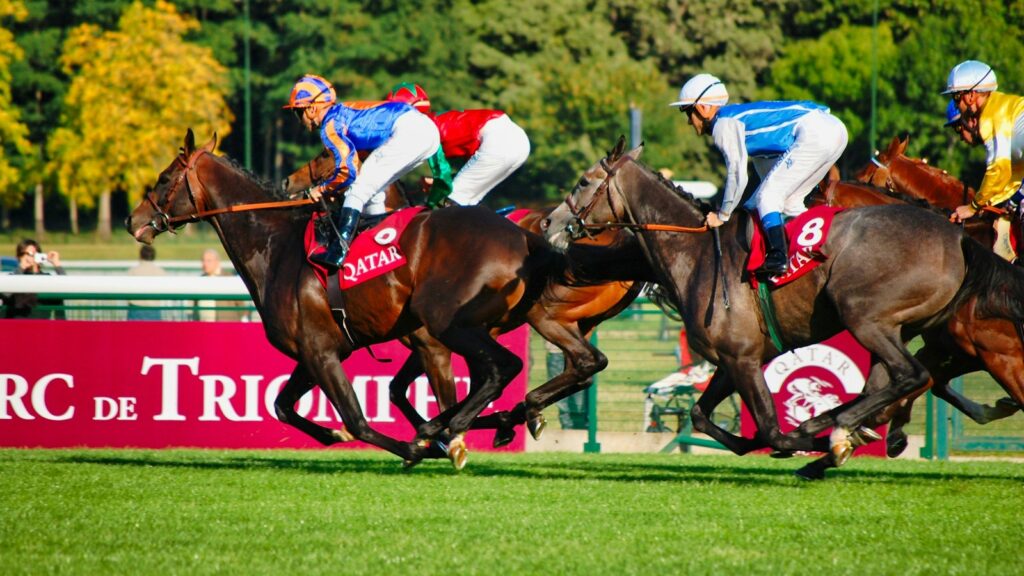Horse racing combines athletic prowess, endurance, and adrenaline-pumping excitement into one of the world’s oldest sports. Dating back thousands of years, competitive horse racing has evolved into a sophisticated industry where bloodlines, training methods, and genetic potential are meticulously studied and developed. While skill and training play crucial roles in racing success, certain horse breeds consistently demonstrate a natural aptitude for speed, endurance, and competitive spirit. This article explores the premier horse breeds that dominate racetracks worldwide, examining their unique characteristics, historical significance, and the qualities that make them exceptional racing athletes.
Thoroughbreds: The Ultimate Racing Machine
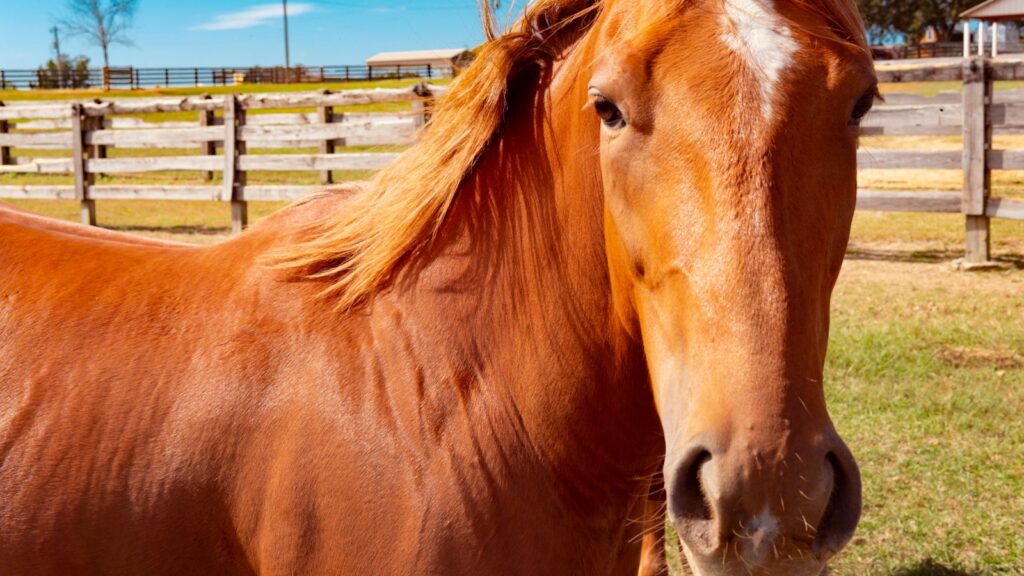
When discussing racing horses, Thoroughbreds stand uncontested as the premier breed developed specifically for speed and competitive racing. Originating in 17th-century England through selective breeding of Arabian, Barb, and Turkoman horses, Thoroughbreds possess the perfect combination of muscle distribution, cardiovascular efficiency, and skeletal structure for explosive speed. Their long legs, deep chest, and lean body enable them to reach speeds exceeding 40 miles per hour, making them the dominant breed in flat racing worldwide. The Thoroughbred’s competitive nature and natural desire to run make them particularly suited for racing, with bloodlines meticulously documented in studbooks tracing back over 300 years to just three foundation sires: the Darley Arabian, the Godolphin Arabian, and the Byerly Turk.
Arabian Horses: The Endurance Champions
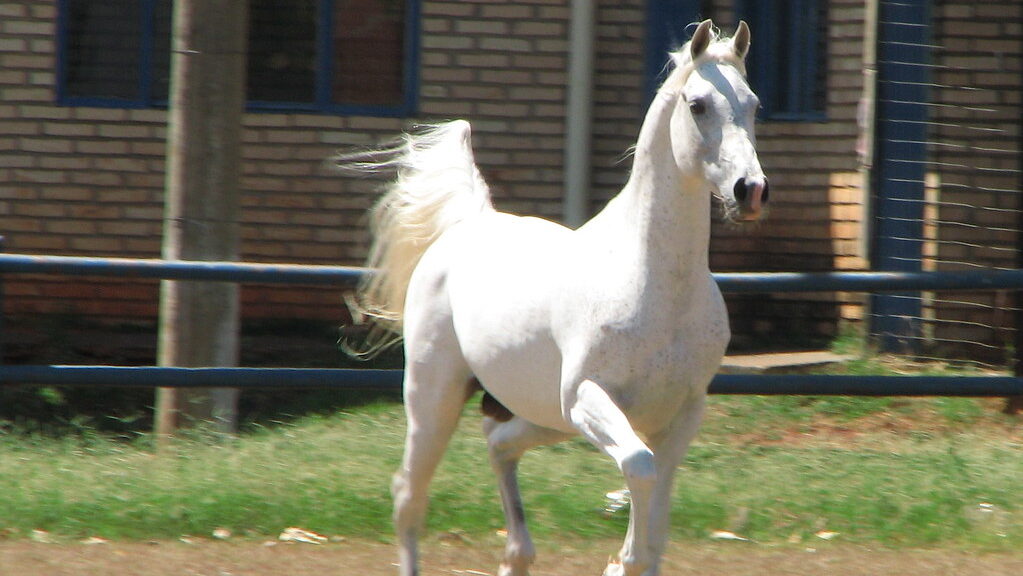
Arabians represent one of the oldest and most influential horse breeds in the world, particularly excelling in endurance racing where distances can range from 25 to 100 miles. Developed in the harsh desert climate of the Arabian Peninsula, these horses evolved remarkable stamina, efficient oxygen utilization, and heat tolerance that make them unparalleled for long-distance competitions. Their distinctive physical characteristics—including a high tail carriage, refined head with concave profile, and large nostrils—aren’t merely aesthetic but functional adaptations that enhance their racing capabilities. Arabians typically possess one fewer vertebra, rib, and lumbar bone than other horse breeds, resulting in a shorter back that provides greater structural strength during extended periods of running. Their natural endurance has made them the foundation for improving numerous other racing breeds, including the Thoroughbred.
Quarter Horses: Sprinting Specialists
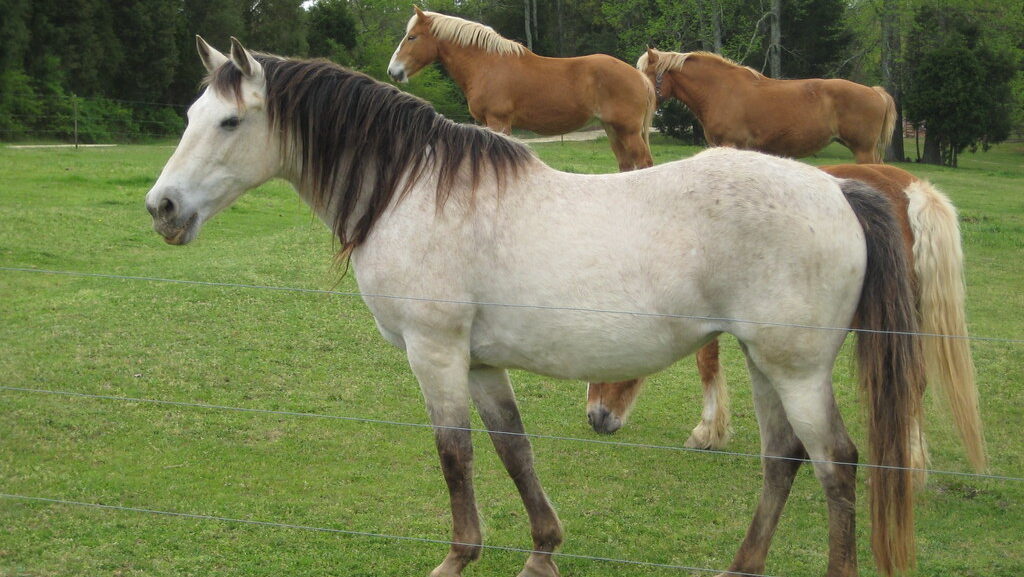
The American Quarter Horse earned its name from its unmatched ability to outrun other horses in quarter-mile races, showcasing extraordinary acceleration and short-distance speed. These powerful animals can reach speeds of up to 55 miles per hour in short bursts, making them the fastest horse breed over brief distances. Their muscular hindquarters generate explosive power, while their compact, sturdy build provides the stability needed for quick starts and high-speed sprinting. Quarter Horses possess a unique muscle fiber composition with a higher proportion of fast-twitch fibers, allowing for rapid energy release during intense, short-duration activities. Their temperament combines intelligence with a willing disposition, making them responsive to training and handling in the high-stress environment of competitive sprint racing.
Standardbreds: Harness Racing Champions
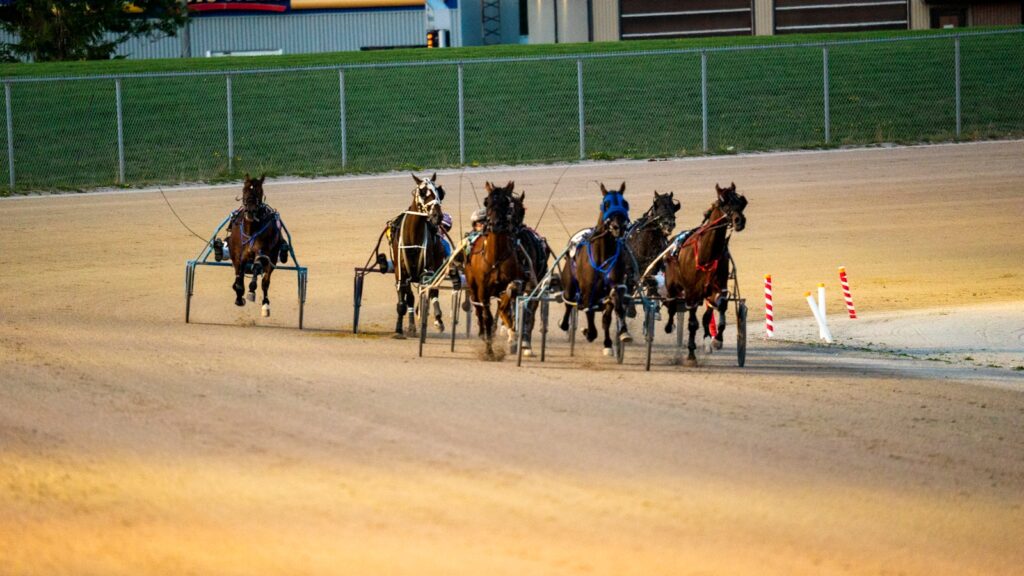
Standardbreds dominate the world of harness racing, where horses pull a two-wheeled cart called a sulky while maintaining specific gaits—either trotting or pacing. Developed in North America during the 19th century, Standardbreds descend from Thoroughbred, Morgan, and Canadian Pacer bloodlines, resulting in a breed specifically designed for sustained speed while maintaining a consistent gait. Their muscular build, longer body, and powerful shoulders enable them to pull weight efficiently while moving at high speeds. The breed earned its name from the “standard” time requirement—the ability to trot a mile in two minutes and thirty seconds or less—that horses needed to meet for registry inclusion. Standardbreds are often celebrated for their remarkable temperament, combining competitive drive with a level-headed approach that makes them particularly trainable for the technical demands of harness racing.
Akhal-Teke: The Golden Speedsters
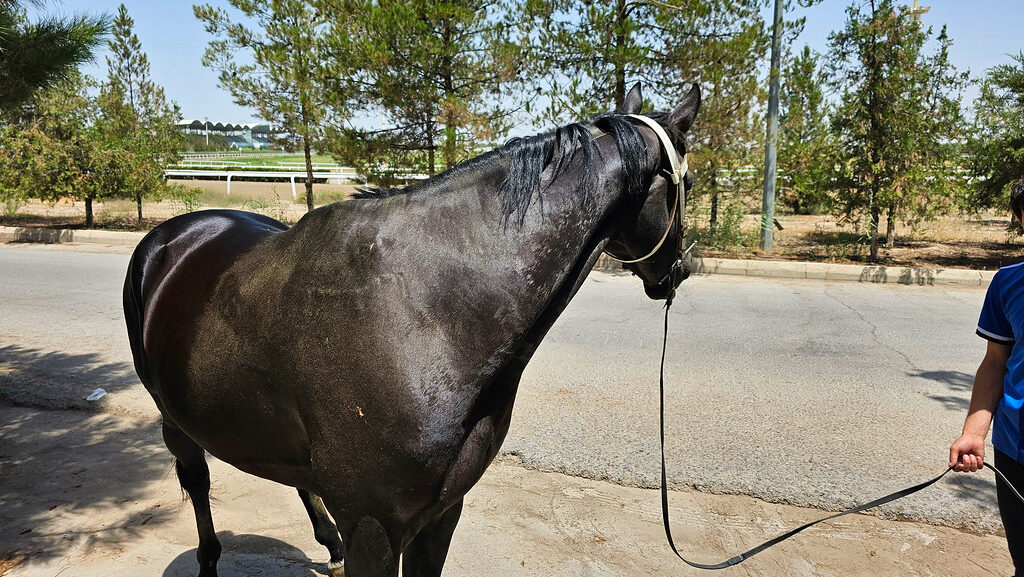
The Akhal-Teke, one of the world’s oldest horse breeds, originated in Turkmenistan and has been selectively bred for speed and endurance over thousands of years. Known for their distinctive metallic coat that seems to shimmer with gold, these horses possess a unique physical structure with lean muscles, narrow bodies, and long, fine legs that contribute to their remarkable racing ability. Their desert heritage has resulted in exceptional endurance capabilities, allowing them to perform well in both sprint and middle-distance races without requiring excessive water or feed. The Akhal-Teke has a sparse mane and tail, thin skin, and minimal body fat—adaptations that enhance heat dissipation during intense physical exertion. These horses maintain a deep historical connection to racing, having influenced many modern racing breeds, including the Thoroughbred.
Appaloosa: Versatile Racing Contenders
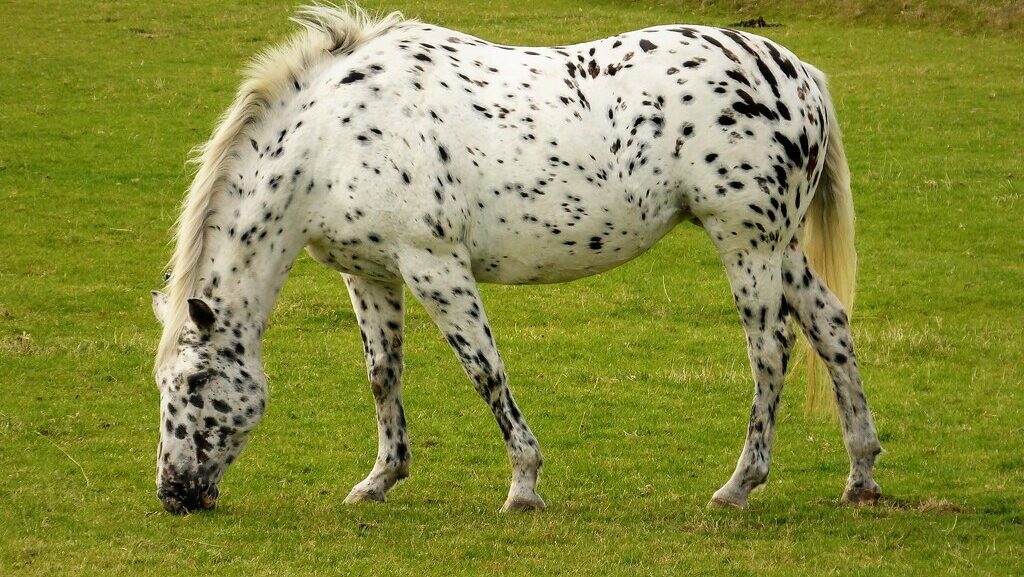
The Appaloosa horse, recognizable by its distinctive spotted coat pattern, has established itself as a competitive presence in various racing disciplines, particularly in Native American racing traditions and the specialized Appaloosa Horse Club racing circuit. Originally bred by the Nez Perce tribe in the Northwestern United States, these horses combine strength, speed, and stamina with remarkable versatility. Their muscular hindquarters and strong bone structure provide excellent sprinting power, while their endurance heritage allows them to maintain speed over moderate distances. Appaloosas typically possess a strong competitive drive combined with an intelligent, trainable nature that makes them responsive to racing cues and strategies. Many successful racing Appaloosas have Thoroughbred bloodlines incorporated into their breeding, enhancing their natural speed while maintaining the hardiness and versatility characteristic of the breed.
Paint Horses: Colorful Competitors
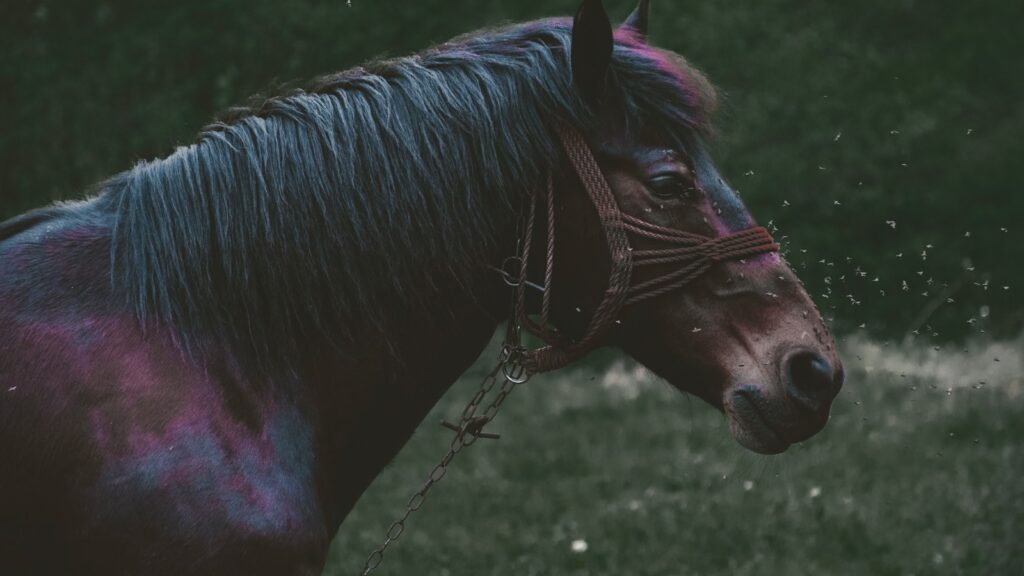
American Paint Horses combine the speed and athleticism of Thoroughbreds with the muscular power and sprint capabilities of Quarter Horses, all wrapped in their distinctive pinto coloration patterns of white and dark patches. These horses have gained popularity in quarter-mile sprint racing, particularly within specialized Paint Horse racing associations that highlight both performance and the breed’s unique appearance. Their well-proportioned build features powerful hindquarters for acceleration, strong shoulders for smoothness of stride, and refined legs that contribute to their racing agility. The breed’s genetic connection to both Thoroughbreds and Quarter Horses provides them with a valuable combination of speed-oriented traits, including efficient oxygen utilization and favorable muscle fiber composition. Paint Horses often display an eager, competitive temperament that translates well to the racing environment, where quick thinking and natural athletic ability are essential.
Andalusians: Stars of Historical Racing
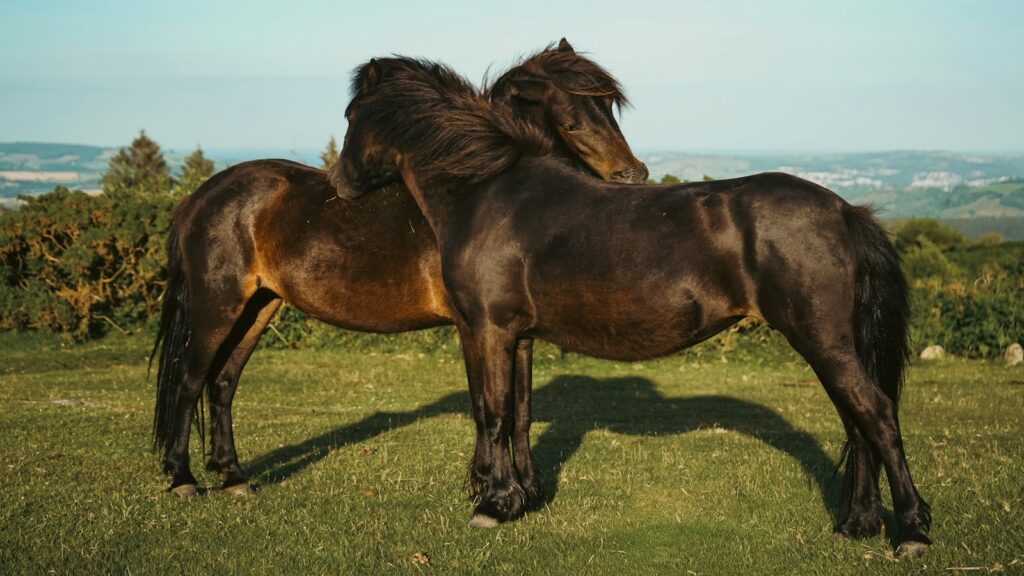
Andalusian horses, also known as Pure Spanish Horses, have a rich history in racing dating back to ancient Roman times, though today they are less commonly seen in modern conventional racing. These elegant horses possess a natural collection and balance that historically made them favored mounts for nobility and cavalry units where speed and maneuverability were essential. Their powerful hindquarters, strong back, and naturally elevated movement contribute to impressive acceleration and agility, particularly in traditional Spanish racing events. Andalusians typically exhibit excellent cardiovascular efficiency and natural athleticism that allows them to perform well in middle-distance racing formats. While not as specialized for flat racing as Thoroughbreds, their intelligence, trainability, and natural presence make them particularly suited for historical reenactment racing and specialized traditional competitions across Europe.
Orlov Trotters: Russian Racing Icons
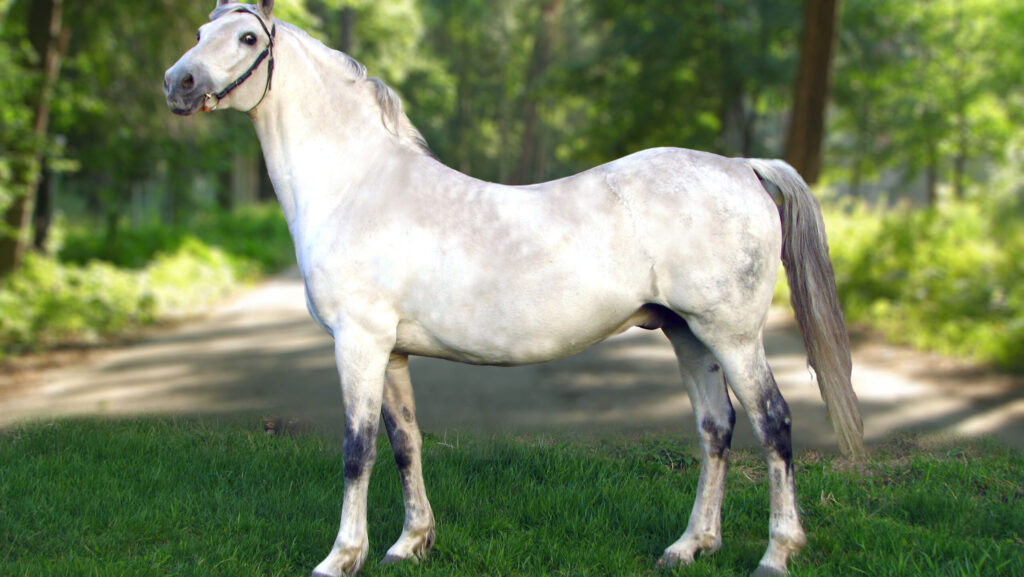
The Orlov Trotter, Russia’s most celebrated native horse breed, was developed in the late 18th century specifically for speed and stamina in harness racing. Created by Count Alexei Orlov through crossing Arabian, Dutch, Danish, and Mecklenburg horses, these elegant trotters possess a distinctive high-stepping action combined with remarkable speed maintenance over distance. Their large frame, deep chest, and strong bone structure provide the foundation for their racing prowess, while their slightly arched neck and well-muscled shoulders contribute to their efficient movement. Orlov Trotters are renowned for their exceptional endurance, allowing them to maintain their distinctive trot at high speeds for extended periods without tiring. Their balanced temperament combines spirited competitiveness with trainability, making them ideal for the technical demands of harness racing where consistent gait and responsiveness to driver cues are essential.
Marwari: India’s Racing Heritage
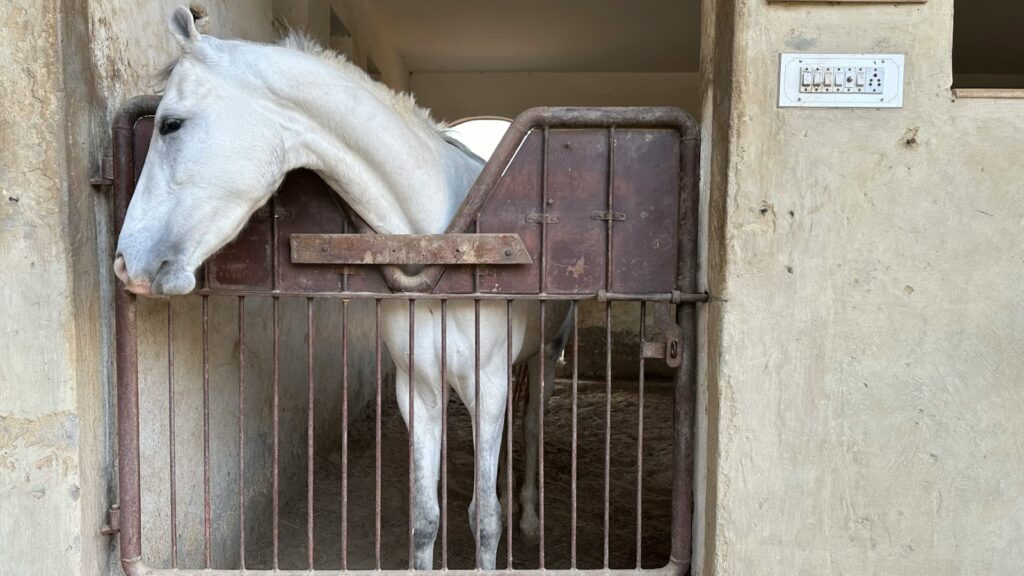
The Marwari horse, distinguished by its inward-curving ears and resilient nature, represents an ancient Indian breed with a storied history in traditional racing competitions. Developed in the harsh desert environment of Rajasthan, these horses possess exceptional heat tolerance, requiring minimal water while maintaining performance—a crucial advantage in endurance racing conditions. Their medium-sized but powerful build features proportionally longer legs than many breeds, contributing to their speed and distinctive flowing movement that efficiently covers ground. Marwari horses display remarkable agility and sure-footedness, allowing them to maintain speed over varied terrain that would challenge other racing breeds. Their deep cultural connection to Indian warfare and nobility has cultivated a natural alertness and responsiveness that translates effectively to racing environments where quick decisions and adaptability provide competitive advantages.
Factors Influencing Racing Success Beyond Breed
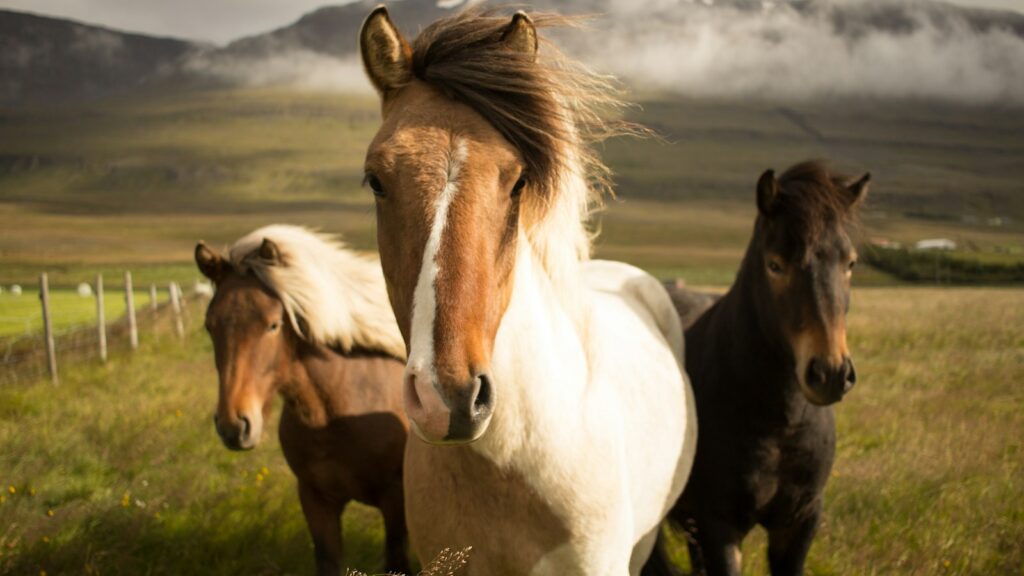
While breed predispositions provide the genetic foundation for racing potential, numerous additional factors significantly influence competitive success on the track. Individual conformation—the physical structure and proportions of a particular horse—often proves more important than breed designation, with factors like shoulder angle, hind leg alignment, and cardiovascular capacity varying considerably even within established racing breeds. Training methodologies play a crucial role in developing a horse’s natural abilities, with specialized programs addressing gate behavior, running technique, and psychological preparation for race conditions. The racing surface itself—whether dirt, turf, synthetic material, or specialized harness tracks—often favors certain physical attributes and running styles, with some horses demonstrating a marked preference for specific conditions. Perhaps most significantly, the mental attributes of the individual horse, including competitive drive, courage, and trainability, frequently determine success beyond the genetic potential provided by breeding.
Breeding Programs and Genetic Considerations
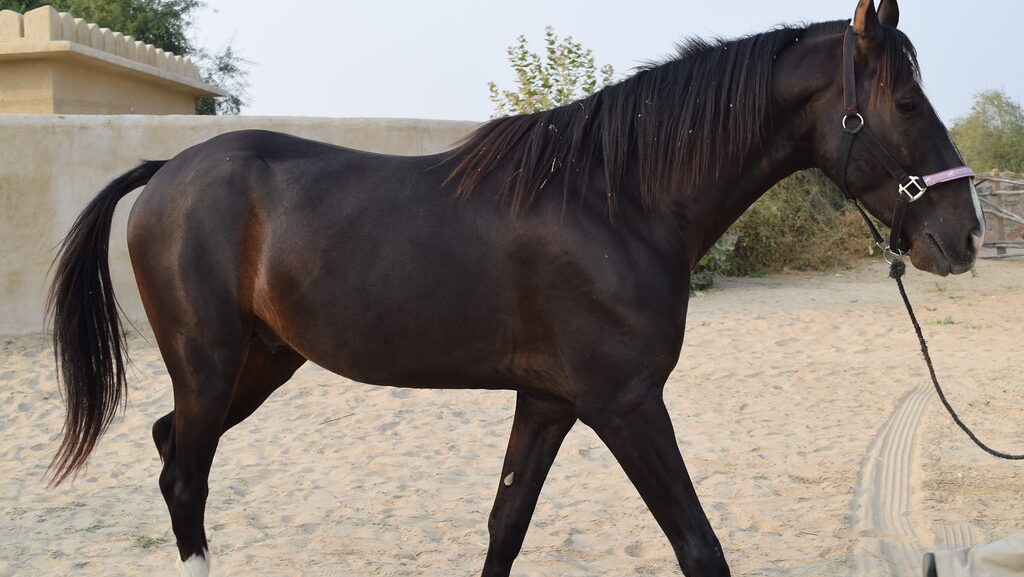
Modern racing breeds benefit from sophisticated breeding programs that utilize both traditional pedigree analysis and cutting-edge genetic research to produce superior athletes. Racing performance databases track generations of results, allowing breeders to identify bloodlines that consistently produce winners at specific distances and track conditions. Genetic testing now enables the identification of specific markers associated with attributes like muscle fiber composition, oxygen utilization efficiency, and even psychological traits related to competitive performance. Heart size and cardiovascular efficiency, particularly the “X-factor” gene associated with enlarged hearts in some Thoroughbred lines tracing back to the legendary Eclipse, receive special attention in breeding decisions for elite racing prospects. The most successful breeding programs balance selection for speed and performance with careful attention to soundness and durability, recognizing that genetic predisposition for skeletal or respiratory weaknesses can undermine even the most promising racing prospect’s career longevity.
The Future of Racing Breeds
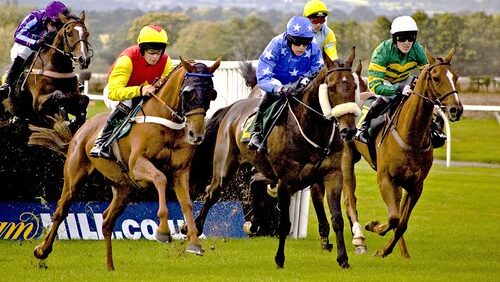
The landscape of competitive horse racing continues to evolve, influenced by changing regulations, scientific advancements, and shifting public perspectives on animal welfare. Traditional racing breeds face increasing scrutiny regarding injury rates and career longevity, prompting breeding programs to place greater emphasis on skeletal soundness and sustainable performance capabilities. Genetic research promises a more precise understanding of the hereditary components of racing ability, potentially allowing more targeted breeding decisions that maintain speed while reducing injury susceptibility. Crossbreeding experiments between established racing breeds continue in search of hybrid vigor and complementary trait combinations, particularly in endurance and alternative racing formats. As racing evolves globally, previously regional breeds are gaining international recognition, creating more diverse competitive environments where different genetic approaches to speed and stamina can be directly compared. The future racing horse will likely represent a more balanced athlete, combining the specialized speed of traditional racing breeds with enhanced durability, versatility, and career longevity.
Conclusion
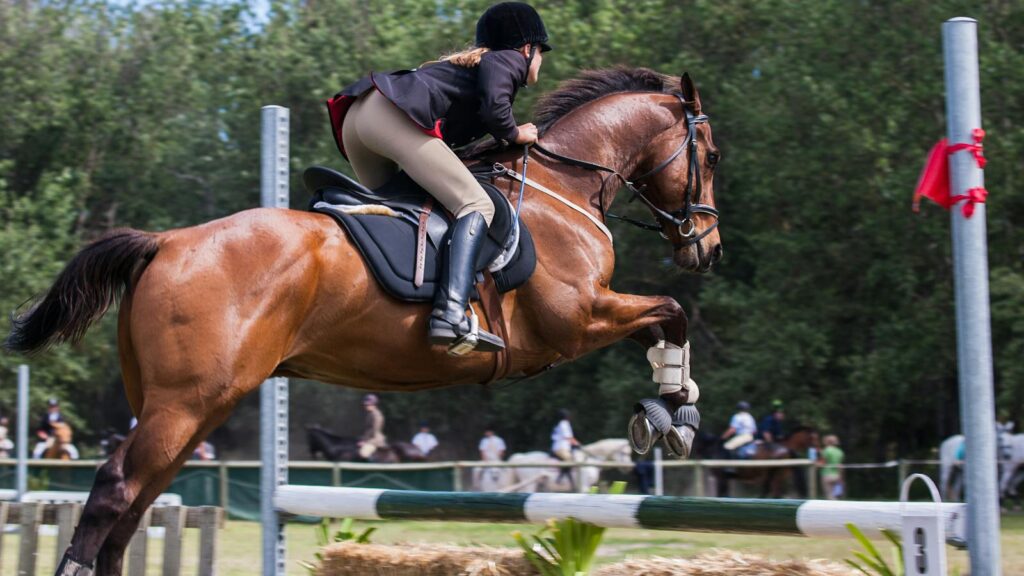
The world of competitive horse racing showcases the remarkable results of thousands of years of selective breeding for athletic performance. While Thoroughbreds dominate traditional flat racing and Standardbreds rule harness competitions, each specialized racing breed represents a unique approach to the challenge of maximizing equine speed, endurance, and competitive drive. As racing continues to evolve globally, the distinctions between traditional racing breeds may blur through strategic crossbreeding and genetic selection aimed at creating more versatile athletes. However, the fundamental qualities that make a superior racehorse—efficient movement, cardiovascular capacity, favorable muscle composition, and competitive temperament—remain consistent across breeds. Understanding these breed-specific advantages allows trainers, owners, and racing enthusiasts to appreciate the remarkable diversity and specialized athletic capabilities of these magnificent equine athletes.

